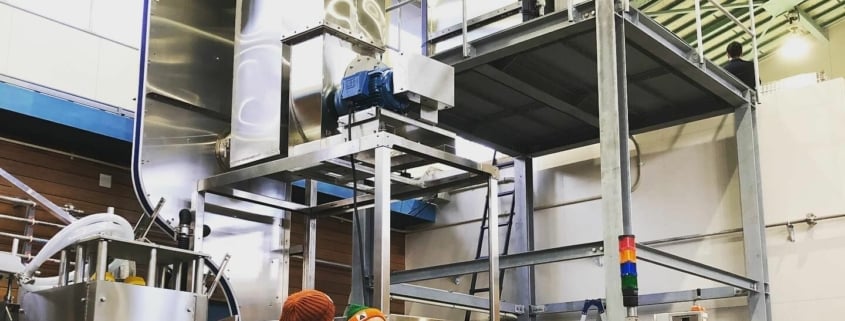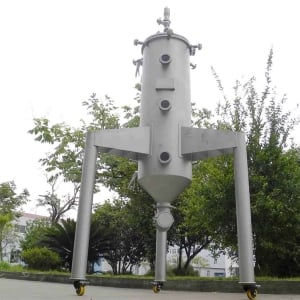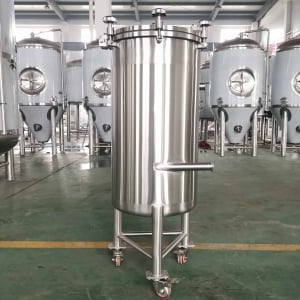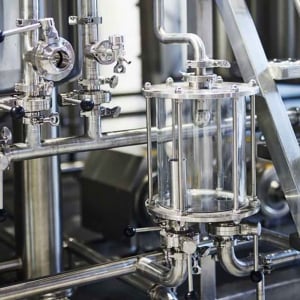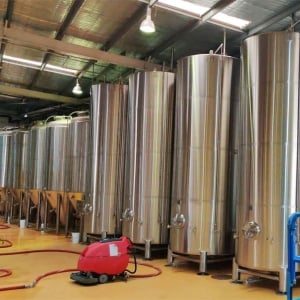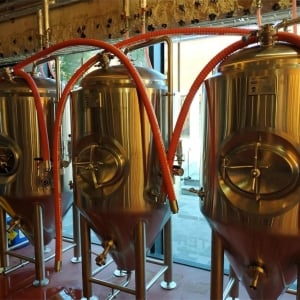Beer Brewing Equipment
Beer brewing at home or commercially has become increasingly popular, with many people drawn to the art and science of crafting unique flavors. However, navigating the world of beer brewing equipment can be challenging. This guide walks you through every piece of equipment you need, from entry-level home kits to advanced commercial brewing systems, and helps you understand their features, costs, and maintenance. Whether you’re just starting out or looking to scale up, this guide will provide all the knowledge you need.
Overview: Key Details of Beer Brewing Equipment
In beer brewing, equipment choices shape the entire brewing experience and quality. From mash tuns to fermentation vessels, each component plays a vital role in the brewing process. The core equipment for brewing includes:
- Mash Tuns: For mashing grains, a process where starches turn into fermentable sugars.
- Kettles: For boiling the wort and mixing hops, contributing flavor and aroma.
- Fermenters: Tanks where yeast converts sugars into alcohol.
- Cooling Systems: Essential for controlling fermentation temperatures, critical to flavor.
- Bottling and Kegging Equipment: For packaging the beer.
This guide covers various equipment types, functions, costs, suppliers, and tips for maintenance, so you can make informed decisions tailored to your brewing goals.
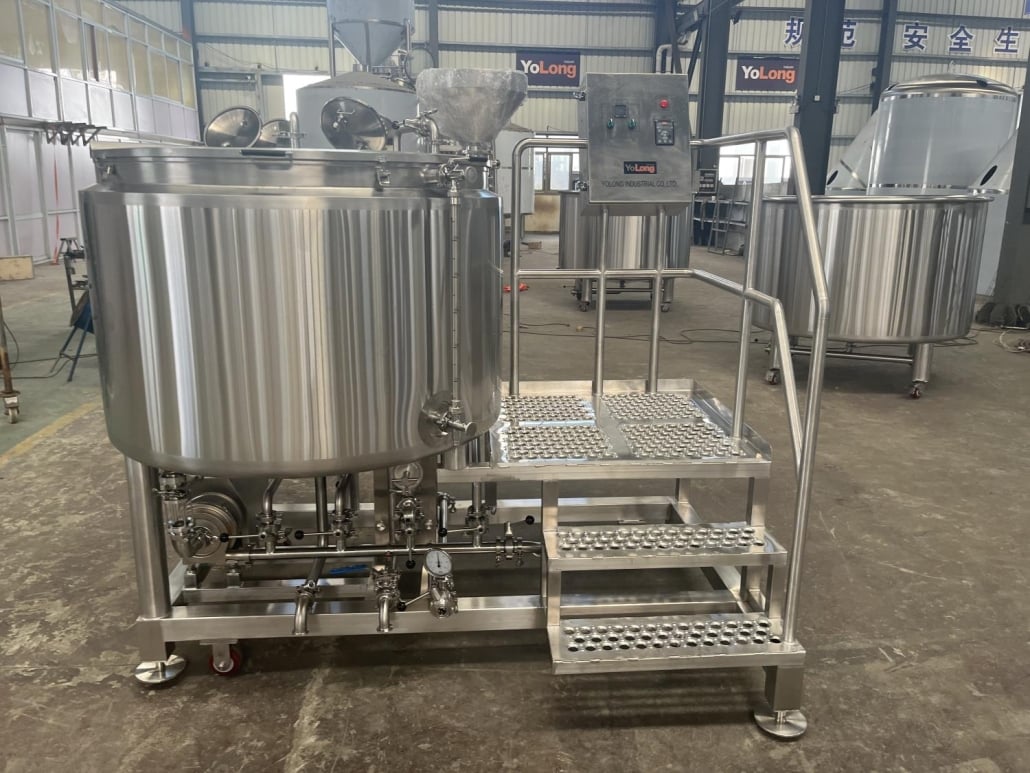
Beer Brewing Equipment Guide
Equipment Types and Functions
| Equipment Type | Primary Function | Best For |
|---|---|---|
| Mash Tun | Mashes grains to convert starches into fermentable sugars. | Home and commercial brewers |
| Boil Kettle | Boils wort and adds hops, which add bitterness, aroma, and flavor. | All brewers |
| Fermentation Tank | Ferments wort as yeast converts sugars to alcohol. | All brewers |
| Wort Chiller | Cools wort rapidly after boiling, preventing contamination. | Mid to advanced home brewers |
| Pump System | Moves liquid between brewing vessels to save manual labor. | Advanced home and commercial brewers |
| Kegging/Bottling System | Packages beer for storage, serving, and distribution. | All brewers |
| Control Panel | Allows brewers to monitor and adjust temperatures, times, and pump speeds for a consistent brew. | Advanced home and commercial brewers |
Each piece of equipment has its own advantages, materials, and maintenance requirements, which we’ll delve into below.
Understanding Equipment Specifications and Design
To choose the best equipment, it’s essential to understand key factors like capacity, space requirements, layout design, and customization options.
| Feature | Description | Options |
|---|---|---|
| Capacity | Equipment size varies from small 5-gallon kits to industrial tanks that can hold 50 barrels. | 1-5 gallons (home use), 50+ barrels (commercial) |
| Space Requirements | Determines the layout and how much room each piece needs. | Compact (home), Expansive (commercial) |
| Design & Layout | Vessels with ergonomic designs offer easier access and efficiency. | Modular layouts, customizable |
| Customization Options | Personalize with control panels, extra valves, or sight glasses for advanced control. | Add-ons vary by brand |
Different brands and suppliers offer tailored solutions, especially for commercial brewing where the scale can vary widely.
Beer Brewing Process Overview
The brewing process follows a series of steps, each requiring specific equipment and precise control to ensure quality.
- Mashing: The process starts with mixing milled grains and hot water in the mash tun. Here, enzymes break down starches into fermentable sugars.
- Boiling: Once the wort is separated from the grain husks, it is boiled, often with hops added to infuse bitterness and flavor.
- Cooling: Using a wort chiller, the hot wort is quickly cooled to a temperature suitable for yeast.
- Fermentation: The cooled wort moves into a fermentation vessel, where yeast is added to start the fermentation process.
- Conditioning: After primary fermentation, the beer is moved to a secondary fermenter or conditioning tank, allowing it to age and improve in flavor.
- Packaging: Finally, the beer is ready for bottling or kegging, where it’s carbonated and prepared for storage or sale.
Each step has its own equipment requirements, which we will look at more closely in terms of operation, cost, and maintenance.
Equipment Cost and Supplier Guide
Finding the right equipment supplier is crucial to balance quality and budget. Here’s a breakdown of suppliers, product ranges, and typical price points.
| Supplier | Equipment Types Offered | Price Range | Special Features |
|---|---|---|---|
| HomeBrewStuff | Home brewing kits, fermenters, kegging systems | $100 – $1,500 | Beginner-friendly kits |
| Blichmann Engineering | Mash tuns, fermenters, chillers, control systems | $500 – $5,000 | Known for durability and customization |
| SS Brewtech | Stainless steel brewing systems for all scales | $300 – $10,000 | Modular systems for scalability |
| Spike Brewing | Premium home and nano brewery equipment | $600 – $8,000 | High-end, polished stainless steel design |
| MoreBeer! Pro | Industrial-scale brewing systems | $5,000 – $50,000+ | Suitable for large-scale production |
Each supplier has unique advantages, with some specializing in beginner kits and others focusing on high-end commercial systems.
Installation, Operation, and Maintenance
Setting up brewing equipment requires planning, from installation to regular upkeep. Here’s what you need to know:
| Aspect | Installation | Operation | Maintenance |
|---|---|---|---|
| Mash Tuns | Needs to be installed in a clean, level area; requires plumbing connections. | Involves adding hot water and grains. | Routine cleaning to prevent bacterial growth. |
| Boil Kettles | Requires a heat source; placed in well-ventilated areas. | Boiling the wort, with hops added gradually. | Cleaning to avoid sediment buildup. |
| Fermentation Tanks | Requires a stable, cool environment for yeast to ferment. | Monitoring CO2 release and temperature control. | Sanitization to prevent contamination. |
| Cooling Systems | Connect to water lines; positioned near the fermentation tanks. | Used immediately after boiling to chill the wort. | Regular flushing to maintain efficiency. |
| Kegging Systems | Should be close to cold storage; requires a CO2 source. | Carbonates and dispenses the beer. | Clean lines and valves regularly. |
Regular maintenance is critical, as even minor contaminants can alter the flavor of the final product.
Choosing the Right Supplier
Selecting the right supplier can significantly impact your brewing success. Here’s a guide to consider when evaluating suppliers:
| Factor | What to Look For |
|---|---|
| Quality and Durability | Stainless steel, high-quality fittings, and seals for long-term use. |
| Customer Service | Prompt support, especially for complex commercial systems. |
| Customization Options | Ability to add control panels, sight glasses, or adjust tank sizes. |
| Price Range | Ensure prices align with your budget and quality expectations. |
| Reputation | Look for reviews and recommendations within brewing communities. |
Choosing a reputable supplier ensures reliable equipment, reduces maintenance costs, and enhances brewing efficiency.
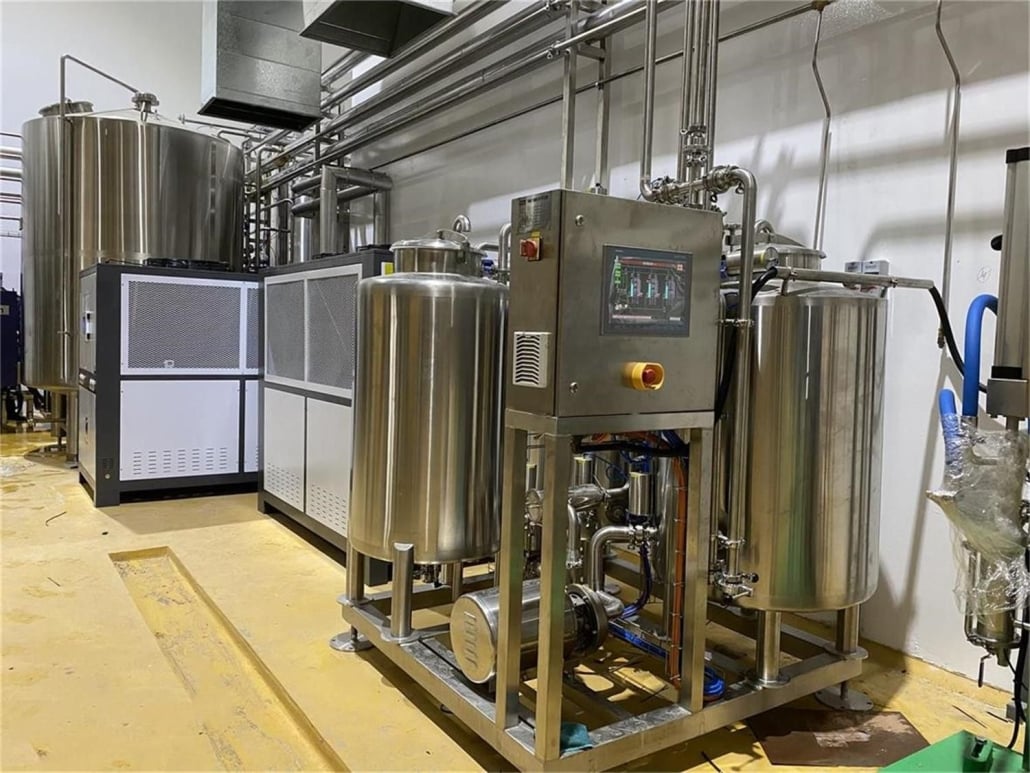
FAQ
| Question | Answer |
|---|---|
| What is the best equipment for beginners? | A basic home brewing kit with a small mash tun, boil kettle, and fermenter is ideal for starters. |
| How much space do I need for home brewing? | A small kit can fit in a garage or basement, requiring about 6×6 feet of space. |
| Is stainless steel necessary? | Stainless steel is durable, easy to clean, and resistant to corrosion, making it ideal for brewing. |
| How often should I clean brewing equipment? | Clean after each use, especially fermenters and kettles, to maintain flavor and prevent contamination. |
| What’s the lifespan of brewing equipment? | Quality equipment can last 10+ years with proper maintenance, while budget options may wear out sooner. |

